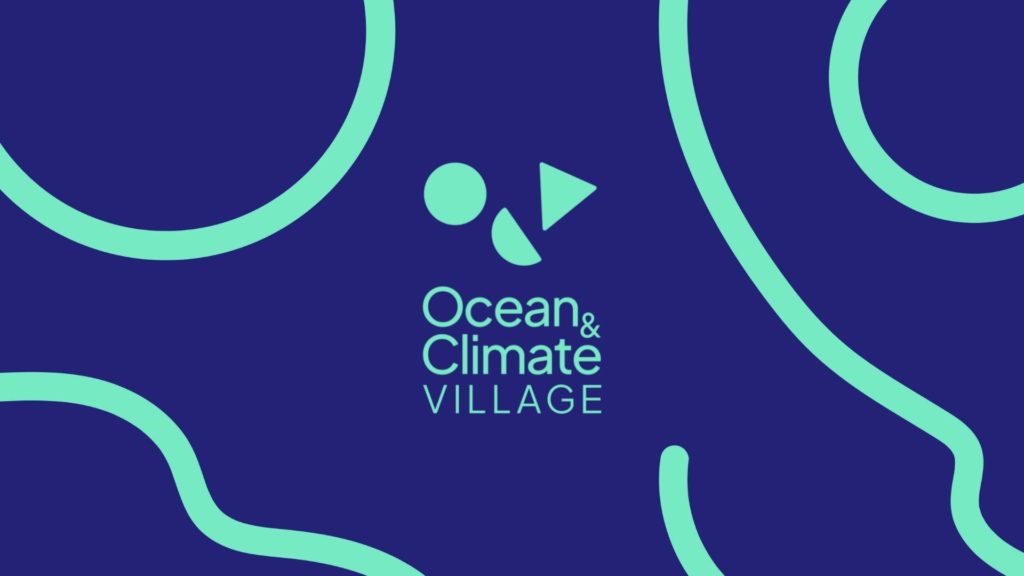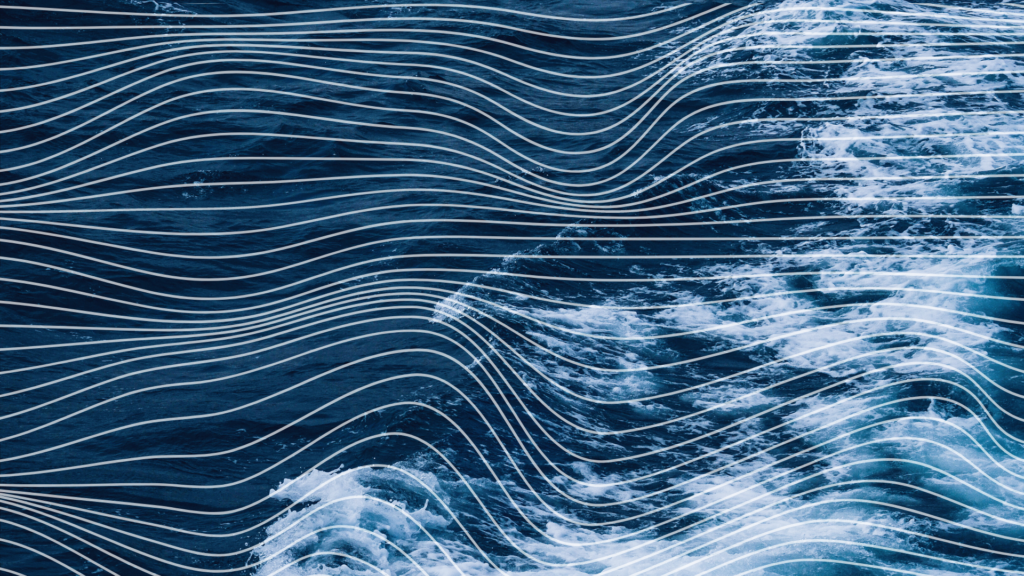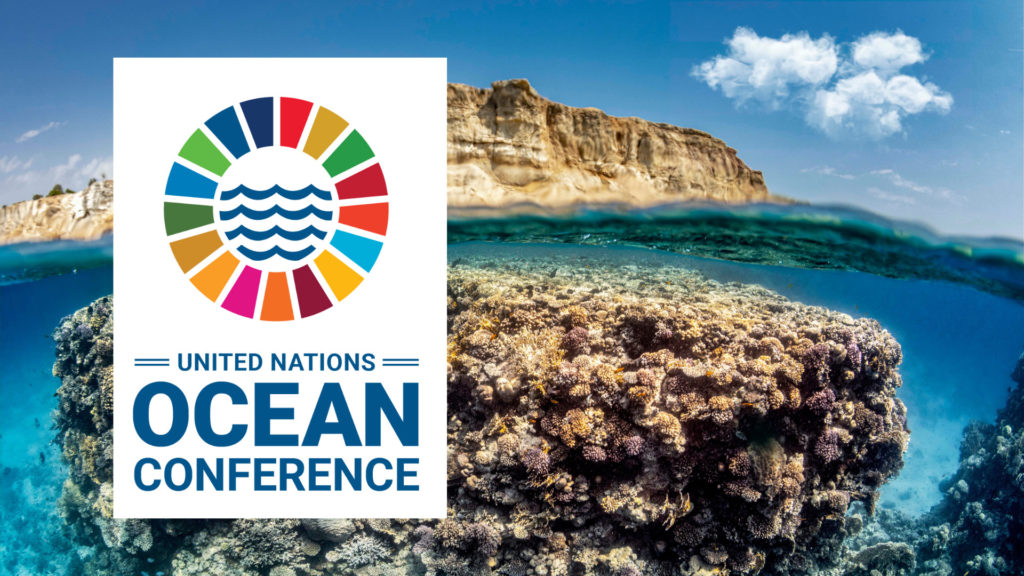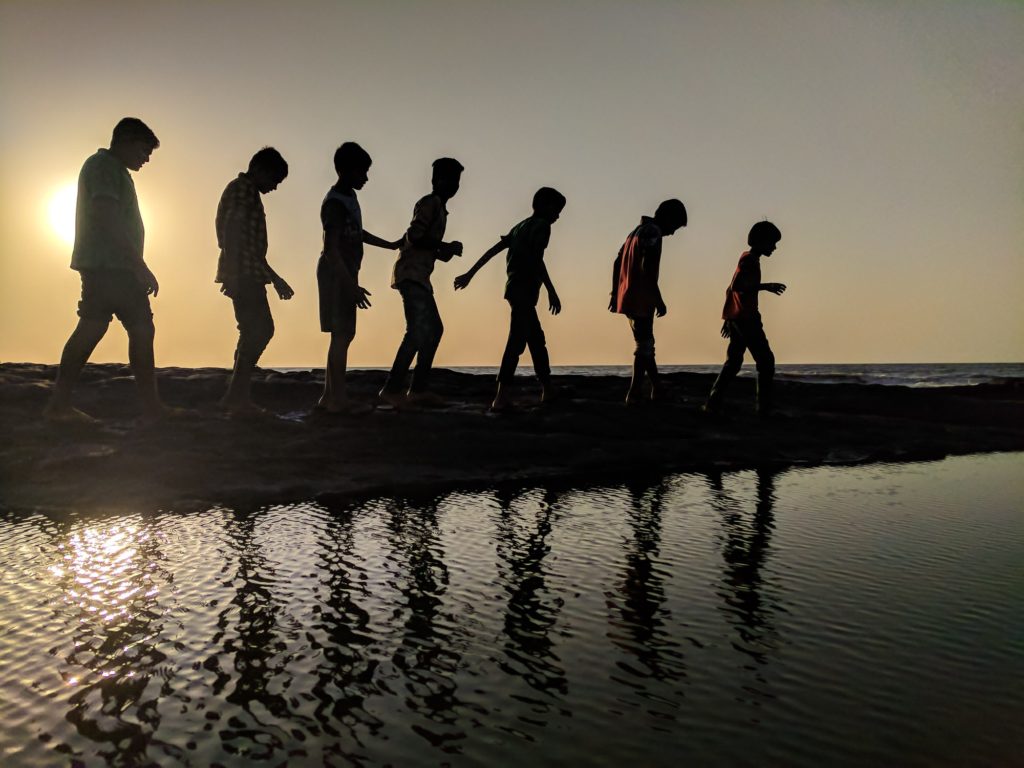
The catalogue dedicated to the Ocean&Climate Village, the IOC/UNESCO travelling exhibition dedicated to the nexus between ocean and climate, is online.
Ocean&Climate Village is the first travelling, interactive and educational exhibition dedicated to the ocean and climate, developed by the Regional Bureau for Science and Culture in Europe and the Intergovernmental Oceanographic Commission of UNESCO, as part of the All4Climate initiative of Pre-COP26 and in the context of the United Nations Decade of Marine Sciences for Sustainable Development (2021-2030).
The goal of Ocean&Climate Village
Ocean&Climate Village is an innovative tool to spread the principles of Ocean Education and promote a transformative change in the way society considers and experiences the ocean.
At the center of this awareness-raising work are young people and different sectors of society, with the goal of raising an Ocean Generation that, by 2030, will have developed not only a full awareness of the importance of the ocean and adequate scientific knowledge, but will also be ready to become a protagonist of the change that the world needs.

The Ocean&Climate Village catalog
Like the physical experience of the Ocean&Climate Village, its catalog collects the works present in the exhibition through the stories of the illustrators who participated in the creation of the panels.
But not only that, the catalog is full of testimonies of people who work all over the world for the preservation of the ocean, cultural and natural heritage and who dedicate their skills to the dissemination of knowledge and the creation of a collective awareness aimed at achieving the goals of the United Nations Agenda 2030.
The catalog is available in Italian and English in PDF and digital format.
Who contributed to the catalogue?
The Ocean&Climate Village and its catalogue were conceived and developed by the IOC/UNESCO Ocean Education team, but many people contributed to its creation:
- Vladimir Ryabinin, Executive Secretary of the Intergovernmental Oceanographic Commission (IOC) of UNESCO
- Peter Thomson, Special Envoy of the Secretary-General of the United Nations for the Ocean
- Francesca Santoro, Senior Programme Officer – Ocean Literacy, IOC-UNESCO
- Victoria Alis, Youth4Climate Delegate for Seychelles at pre-COP26
- Luca Fois, Professor of Event Design at the Politecnico di Milano, member of CiLab
- Anne de Carbuccia, Environmental Artist
- Marcello Ziliani, Professor of Design at the University of San Marino
- Federico Girotto, Designer and Davide Santini, Art Developer, creators and developers of UpSea Down
- Kerstin Forsberg, marine biologist and social entrepreneur
- Daniela Basso, Professor of Paleontology and Geobiology at the University of Milano-Bicocca
- Fabien Cousteau, Aquanaut, Ocean Explorer and Environmentalist Advocate
- Marco Bravetti, Main Chef at the Spiazzi Cultural Association, TOCIA! gastronomic project
- Barbara Davidde, Superintendent of the National Superintendence for Underwater Cultural Heritage
- Henrik Oksfeldt Enevoldsen, Programme Coordinator, IOC-UNESCO
- Vinicius Lindoso, Communications Officer, IOC-UNESCO
The catalog also includes the collection of illustrations present in the Ocean&Climate Village directly narrated by their illustrators: Maria Boragno, Clara Fois, Esteban Gottfried Burguett, Folco Soffietti, Yue Liu, Camilla Tomasetti, Chiara Cortese and Maia Lihuen Seri.
In the section dedicated to the Ocean Generation, the catalog collects the testimonies and projects of people who work every day with the sea, contributing to the formation of a generation aware of the importance of the ocean for our lives and the impact that our daily actions have on the ocean.

















